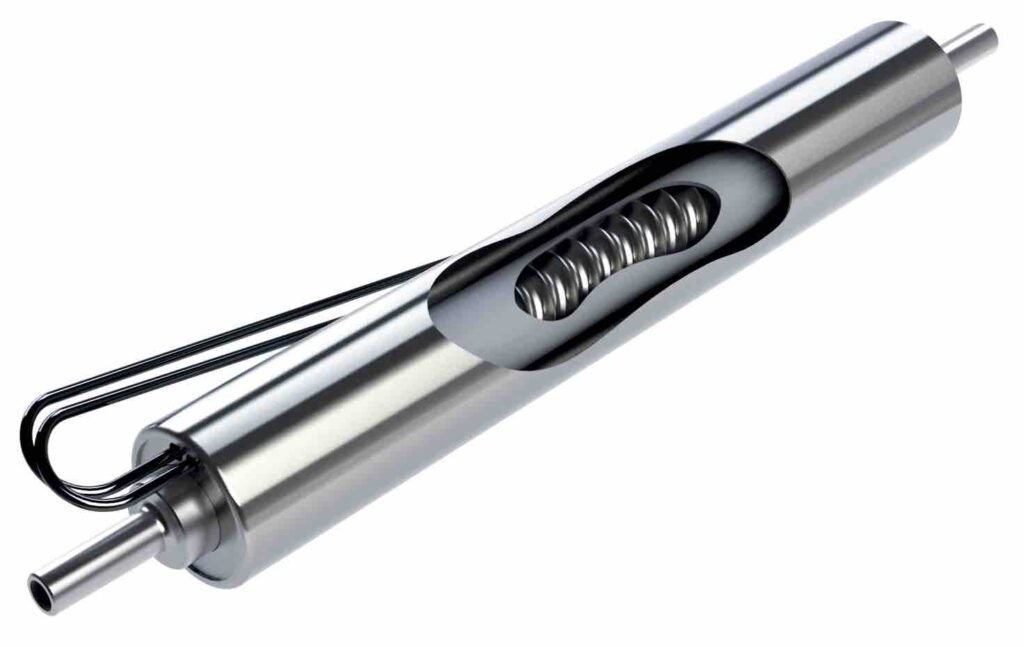When selecting an industrial heater, the options can seem overwhelming. Determining the best choice requires confronting questions about replace versus retrofit, regulatory requirements, the required temperature, as well as material considerations. It’s important to acknowledge heating systems as the foundation to the success of many industrial processes and so, must be considered with care. Andy Selvy runs through the considerations for selecting industrial heaters
When heating equipment reaches its end of life, or unresolvable problems occur, one of the most critical issues to address is whether to replace or retrofit. And with this decision prompts a set of challenging questions with many variables.
Firstly, it’s important to ask a few of the following questions, which will help to determine if a retrofit or replacement is required. Is it possible to retrofit the current system? Can the desired results be achieved through a retrofit? Will a retrofit meet applicable compliance standards?
Retrofitting a heater is often less expensive than replacing the system, and an upgrade can provide a significant efficiency increase. In some cases, however, a complete replacement is necessary. This can be because the existing system is too outdated to retrofit with new components, the needs for the system have evolved or the operating environment has changed.
When evaluating a new system versus a retrofit, start by identifying and prioritizing your goals. This can include improved efficiency, lower operating costs and reduced carbon footprint.
Material matters
The materials being heated play a major role in selecting the correct heater, as this will depend on whether the system needs to handle gas, liquid or solids.
Depending on the material being heated, the heater watt density also needs to be considered. Some materials like glucose-containing liquids or oils may warrant a much lower watt density heater to avoid burning. Similarly, gas applications also often necessitate a lower watt density heater than applications heating water.
There are a few ways to either increase or decrease the watt density of a heater. Once the general temperature range and general heater style have been selected, attributes such as wattage, heater length, element diameter and heater element shape can be manipulated to change watt density. For example, increasing the length of a heater element will in turn increase the surface area the heated material is exposed to and decrease watt density. If the desire is to increase watt density, the heater element length can be decreased.
Industry regulations and compliance rules
Regulations vary greatly by industry, with verticals like the aerospace, automotive and the medical sector subject to stricter requirements than other sectors when it comes to electric heaters and thermal systems.
These regulations are intended to ensure that heating equipment has appropriate safety features and that retrofitted systems incorporate upgraded safety measures. Whether you are replacing or retrofitting a system, it is vital to understand the code requirements necessary to meet safety standards and achieve industry and environmental compliance.
For example, for medical, clinical and analytical equipment, a key market for Watlow, the international standard IEC 60601 is crucial. This standard deals with the basic safety and essential performance requirements of medical electrical equipment, serving to ensure that no single electrical, mechanical or functional failure poses risk to patients or operators.
Temperature requirements
A heater’s required operating temperature is another detail that will inform the best product for your application.
The operating temperature may vary widely depending on the application. Watlow, which manufacturers a range of industrial electric heaters, has developed solutions that can serve applications including medical, chemical and oil and gas, with temperature needs up to 950˚C. The operating temperature range is determined in part by the heater’s shape, the material to be heated and the types of materials that comprise the heater.

Besides manufacturing, Watlow also has numerous product experts that help to answer technical questions regarding input voltages, wattages and component alloys, to inform the most suitable decision for specific applications.
Industrial electric heaters provide the basis of many crucial industrial applications, and selecting the ideal heating system is a decision that should not be taken lightly. However, by considering whether a retrofit or replacement is necessary, material, industry regulations and temperature required, the decision can be streamlined, providing a more successful outcome.
Andy Selvy is chief system designer at industrial technology company Watlow.
 Engineer News Network The ultimate online news and information resource for today’s engineer
Engineer News Network The ultimate online news and information resource for today’s engineer





